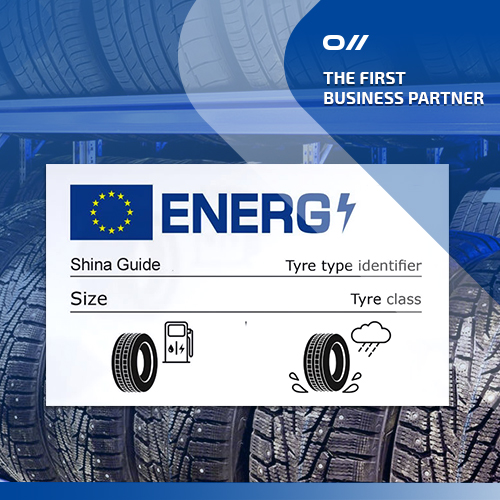
Rubber labeling is an important tool for informing the consumers and transportation professionals about fuel efficiency, wet-tire traction and external driving noise characteristics. We would like to remind you that since November 1st, 2012, tire labeling has become mandatory in Europe under the law (CE) No. 1222/2009, according to which all tires for passenger cars (C1), commercial vehicles (C2) and trucks (C3) sold in the European Union, must have the standardized markings.
From May 1st, 2021, the new tire labeling rules will apply, in line with regulation (EU) 2020/740. The new document amends the tire labeling rules (EU) 2017/1369 and also constitutes a cancellation of Regulation (EC) No 1222/2009, which was the basis for the primary labeling scheme in Europe. First of all the changes relate to fuel economy, wet-tire traction and noise level.
Why are there changes to the tire labeling rules? The new rules should make markings more visible and accurate. QR codes and logos to indicate whether tires are designed for use on snow and ice will be stated in the new tire labels. Also, mileage and rubbing off parameters will be added to the tire markings. This is expected to help to reduce the amount of microplastics that gets into the environment due to rubbing off. In addition, the tire labeling system aims to reduce noise pollution in the transport sector and improve road safety. There will also be a label for truck and bus tires in the future.
By experts` forecasts these changes should increase consumer awareness of tire labeling, help to make cost-effective and environmentally friendly solutions when buying new tires, and improve market control and enforce regulations through penalties and fines.
Also in Europe they say about the possibility of creating a database of tires, which will enhance information interaction between manufacturers and authorities.
The new tire labeling rules came into force on June 25, but will apply from May 1st, 2021.

